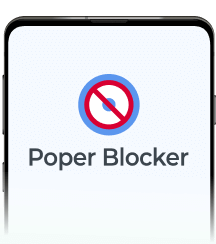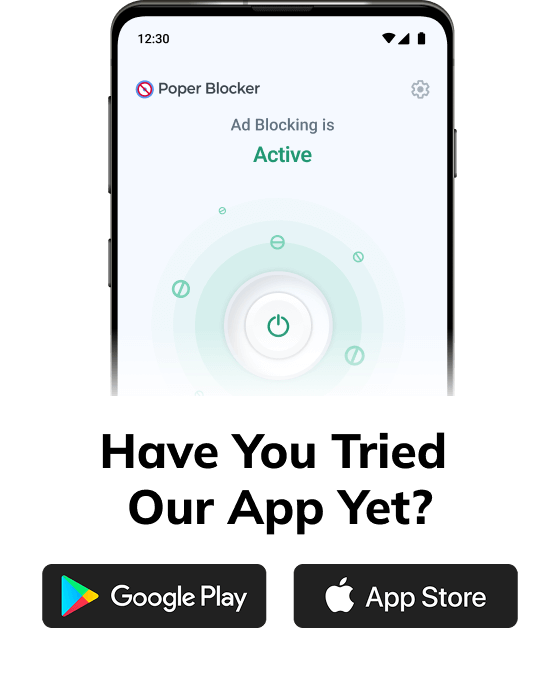Have you ever caught yourself shutting down a pop-up ad like it’s nobody’s business, without even a quick peek? Turns out, a lot of us do that. It’s pretty normal to find pop-ups annoying, but here’s the kicker: they’re still a big deal in the marketing scene. Why? Because when they’re done the right way, they can be surprisingly effective. They can make us click on things, sign up for stuff, or even buy things we weren’t planning to. It’s like a sneaky little trick that sometimes works.
So, what’s the deal with pop-ups? They’ve got this sneaky way of grabbing our attention, even when we’re actually trying to ignore them. If they pop up at just the right moment and don’t look too shabby, we might just do what they want, like join an email list or buy something. But if they’re annoying or show up at the wrong time, they can really tick us off and make us want to leave the website faster than you can say “unsubscribe.” It’s a real tightrope walk.
Now, let’s talk about the cool brain stuff that happens when we see a pop-up. It’s like a little tug-of-war in our heads between what we want to do and what the ad is pushing for. This makes pop-ups super fascinating for people trying to figure out how we use websites. So, keep on reading to get the lowdown on pop-up psychology and learn how to use them without making people go nuts. We’re going to show you the way to use pop-ups that are helpful, not just another thing that makes you want to pull your hair out.
What are the psychological effects of pop-up ads?
Effect 1: The rush of urgency and FOMO
You know those pesky spam pop-ups that make you feel like you need to do something right away? That’s because they’re crafted to stir up a sense of urgency. They throw a little fear of missing out (FOMO) into the mix with things like countdown timers and exclusive deals that are only available for a short time. This can get you to make decisions faster than you normally would.
Effect 2: The distraction and frustration factor
On the flip side, pop-ups can be super annoying when they pop up at the wrong time. Imagine you’re just trying to read an article, and boom, an ad blocks your view. It can be pretty jarring, right? If they’re popping up all the time, it might just make you want to leave the website. And let’s be honest, nobody likes a site that’s more interruptive than a toddler asking for snacks.
Effect 3: The art of color psychology
Colors are surprisingly powerful in advertising. Research reveals that when we look at something, it only takes us about 90 seconds to form an opinion. And get this, a whopping 90% of that first impression is all thanks to the colors we see. It’s like colors are whispering sweet nothings into our brains, and we’re all just nodding along.
For example, a pop-up in red might make you feel like you need to act fast because it’s bold and demands attention. But blue can make you feel like you can trust the offer because it’s calming. The thing is, if the colors are used in a way that’s too intense or just doesn’t make sense, it can be confusing or even annoying.
Effect 4: Personalization: a double-edged sword
When pop-ups are tailored to what you’ve been looking at, it can feel like the website is speaking directly to you. Like, “Hey, you looked at that shirt for a while, want a deal?” It can be pretty persuasive and make you more likely to buy. But if it’s too personal or shows up too often, it might start to feel like Big Brother is watching, which is definitely not a good look for a brand.
Effect 5: The balancing act of trust
Some pop-ups ask for your feedback or want you to sign up for something. This can make you feel like the company cares about what you think, which is nice. But if they’re asking for your input every five seconds, it starts to feel a bit needy. It’s like they’re not giving you any space, and that can make you question how much they really respect your privacy.
Effect 6: The “oh, not another one” effect
If you see pop-ups all the time, you start to tune them out. It’s like when you hear the same song on the radio over and over again, you just don’t pay attention anymore. This is called “pop-up fatigue,” and it’s when users get so used to ignoring them that they don’t even bother looking anymore. Not great for the ads, right?
Effect 7: The brand legitimacy
While pop-ups can be handy for getting people more involved with a website, they can also make a brand seem a bit dodgy. If a website is throwing pop-ups at you like confetti, it can give off a vibe that’s not super professional. It’s like when someone’s trying too hard to be your friend – it can come across as desperate or untrustworthy.
Block Pop-Ups with Poper Blocker
Poper Blocker is a handy Chrome and Microsoft Edge browser extension that’s all about making your time online way more pleasant. It’s like having a superhero for your browser that stops those pesky pop-ups in their tracks.
Pop-up blocker
Tired of those pesky ads that jump out at you when you’re just trying to read an article? Poper Blocker has your back. It can stop pop-up ads that appear when you’re just minding your own business, clicking around the web. So you can keep scrolling without any unwanted surprises.
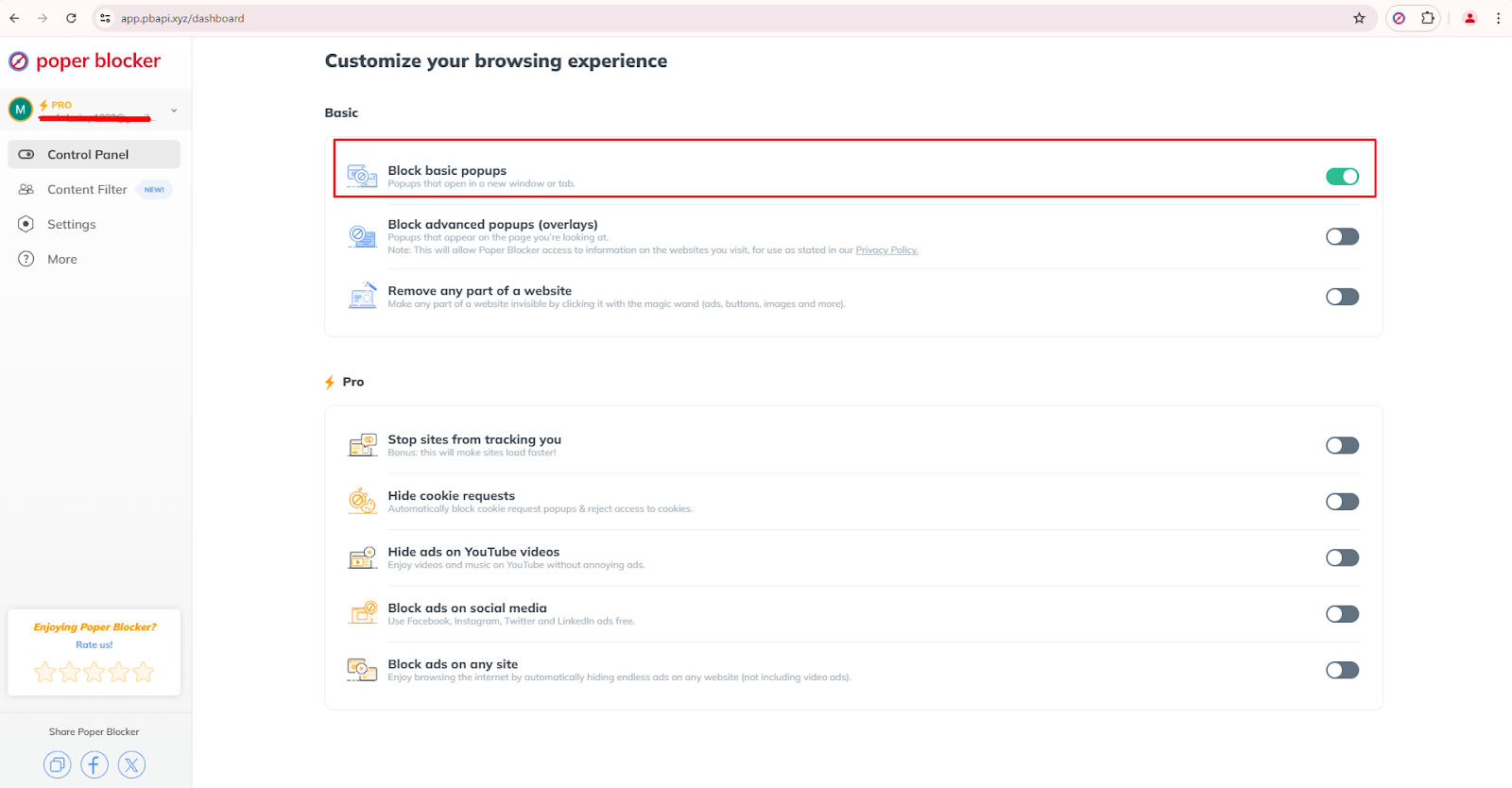
Some ads are like ninjas, sneaking onto your screen and covering everything. These are called pop-up overlays, and they can be a real pain to get rid of. But fear not! Poper Blocker is like a ninja itself, catching these sneaky pop-ups before they can ruin your day. This way, you can actually see the stuff you want to see without any extra hassle.
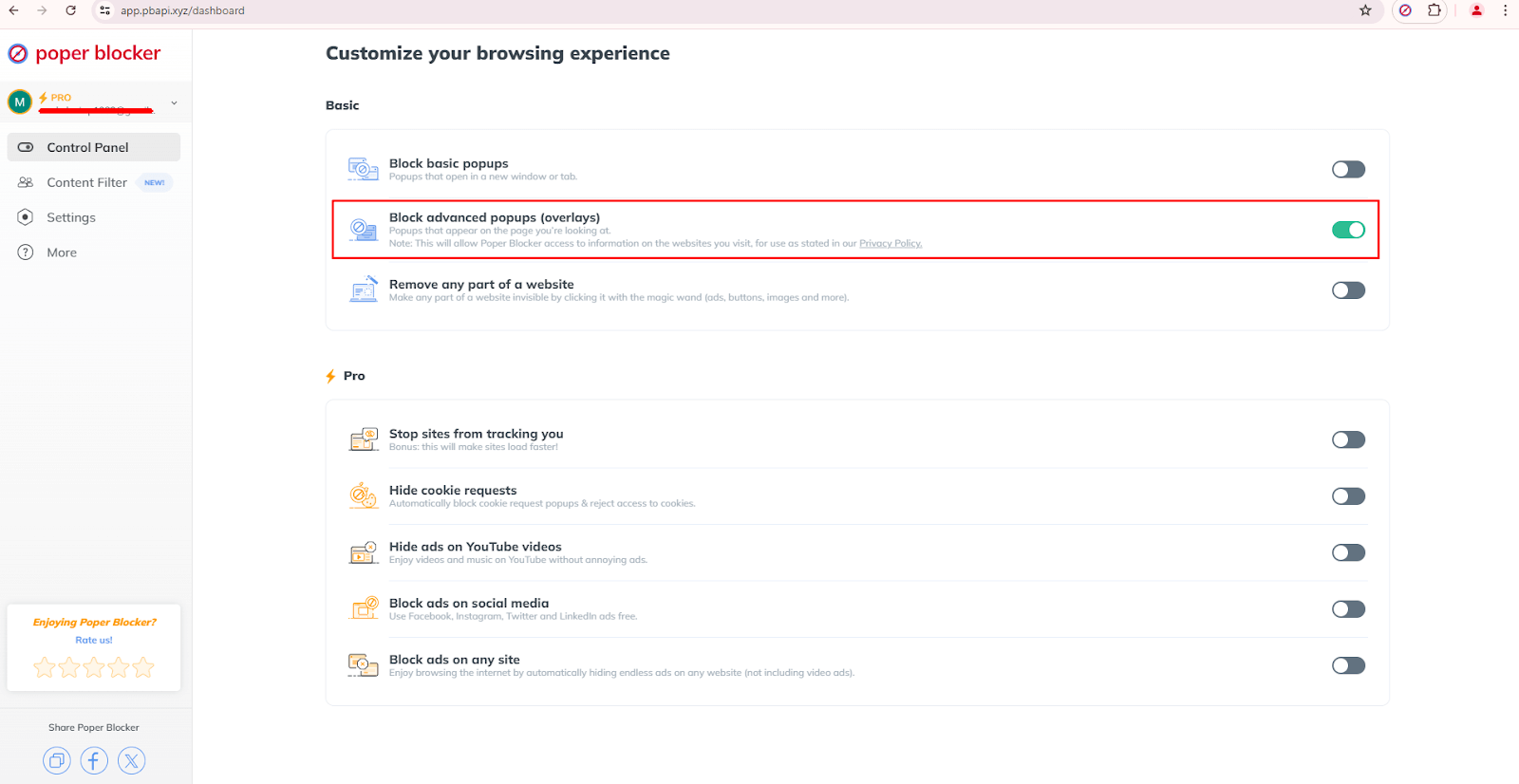
Whitelist
But what if there are some types of pop-up ads you actually need, like from your bank or a favorite site with important updates? No problemo! This browser extension lets you whitelist websites. So, the pop-ups you want can come through while it keeps the riff-raff out. It’s all about giving you the power to decide what pops up on your screen.
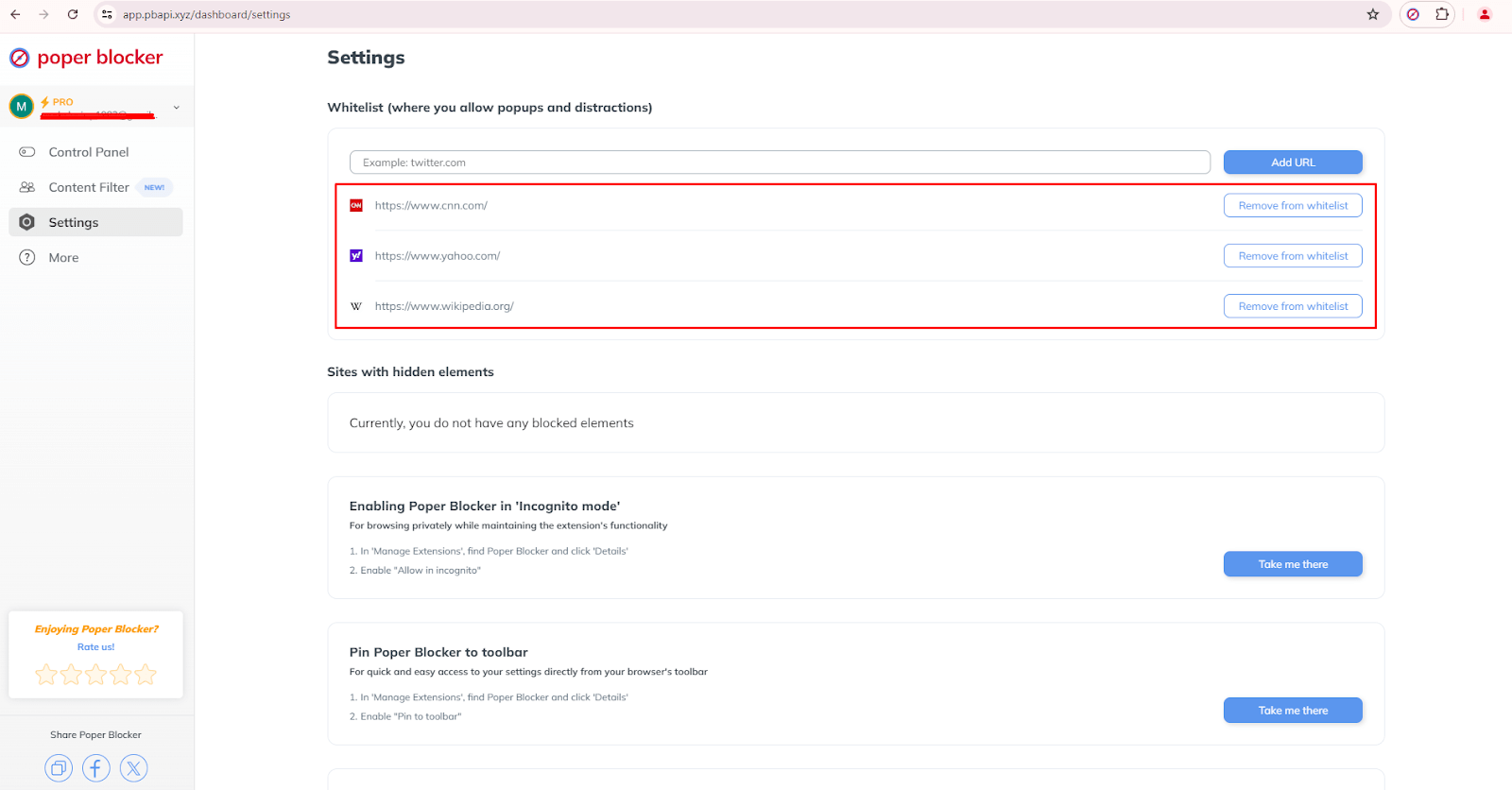
It’s time to take control
Pop-up ads, while effective, need to be implemented thoughtfully. Understanding and applying psychological principles can turn a disruptive tool into a potent marketing strategy. However, balance is crucial, and tools like Poper Blocker can give you a seamless browsing experience. So start taking control of your online interaction by using this browser extension and make a difference today.
FAQs
What makes pop-up ads effective despite being annoying?
Pop-up ads are cleverly crafted to catch your eye right away by playing on psychological cues like urgency, showing you that everyone else is doing it, and making things feel personal. This can lead to more clicks, even if they pop up when you least expect them.
Can pop-up ads be beneficial to users on websites?
Yes! When done right, pop-ups can be helpful, like pointing you to a cool newsletter or a deal that won’t last long. They can make your time on the site more productive and enjoyable.
How does color psychology influence pop-up ads?
Color psychology is a big deal! It’s like using different shades to tickle your emotions and make you do stuff. For example, red might make you feel like you need to act fast, while blue makes you trust what you’re seeing. Picking the right colors can really boost how well pop-ups do their job.
What’s the advantage of using Poper Blocker?
Poper Blocker is like your knight in shining armor for the internet. It blocks those pesky pop-ups that interrupt your browsing, but it’s smart enough to let the important ones through. It’s got cool features like blocking layers and a whitelist to keep things running smoothly.
How can feedback pop-ups build trust with users?
Feedback pop-ups are like telling users, “Hey, we care what you think!” When businesses listen to what you have to say and make changes, it shows you that they’re on your side and want to give you a better experience.

